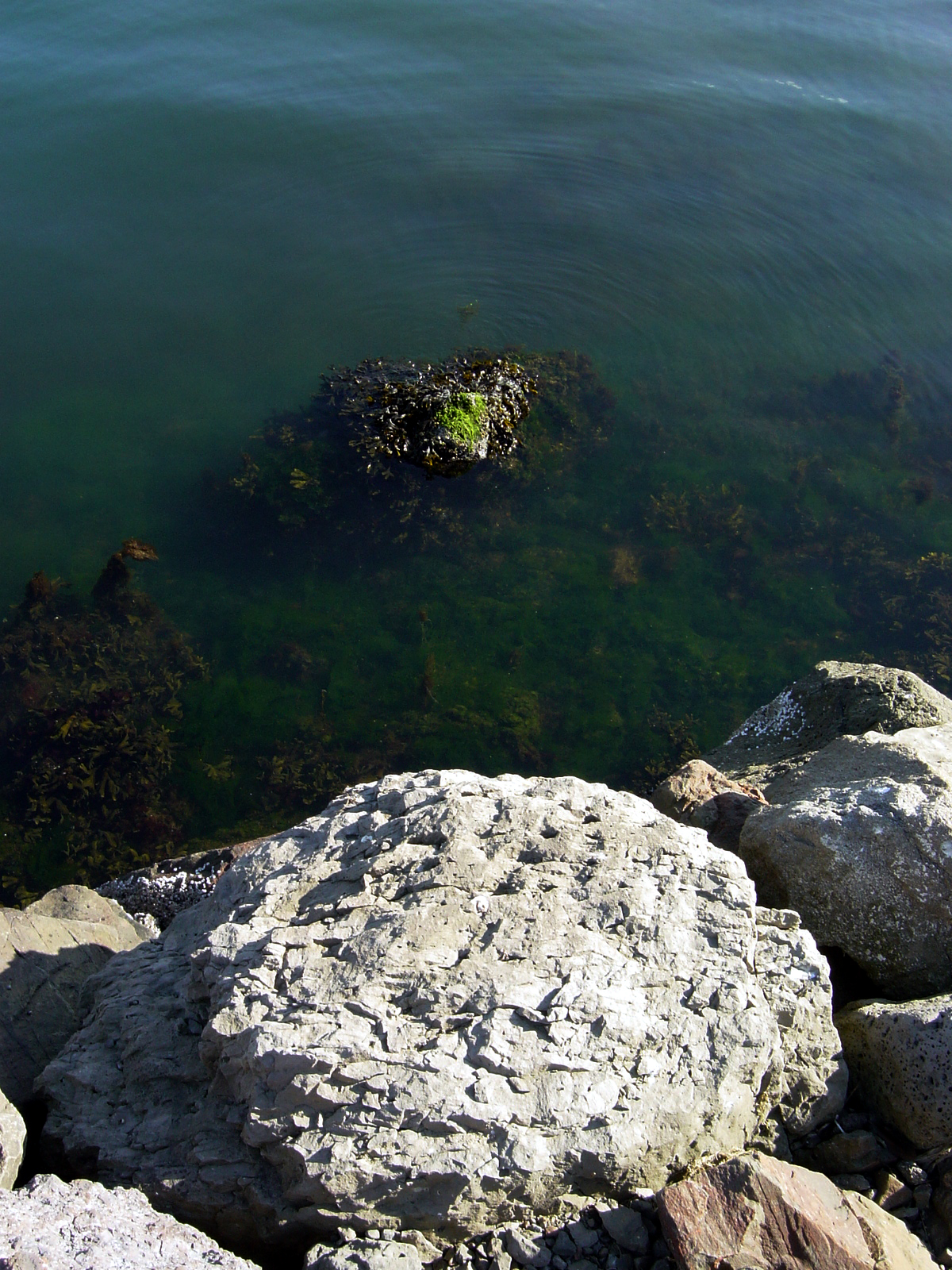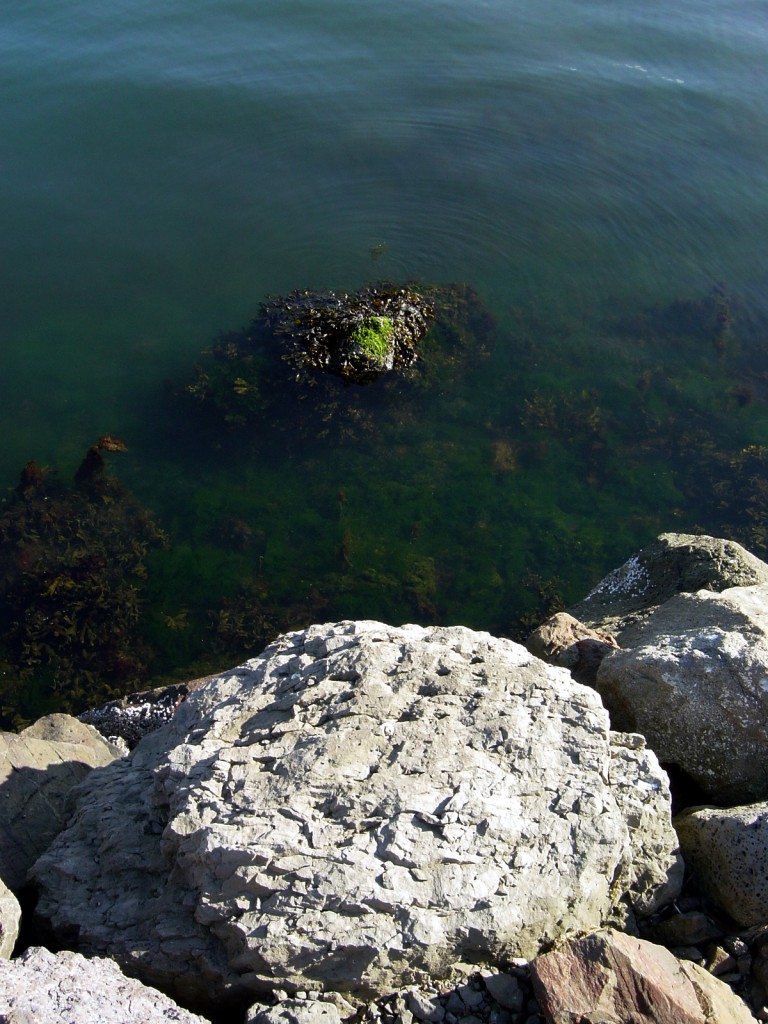How NOT To Write A Hit Song – Part 3 – The end of this discussion.
The song I’ve been discussing over the previous two posts:
The Temptations – Papa Was A Rollin’ Stone
1. Make it 7 minutes long.
This song last 7 minutes, a very long time for a hit single in 1972. (There were a few earlier long hit songs – Bob Dylan – Like A Rolling Stone, The Doors – Light My Fire, The Beatles – Hey Jude, etc.)
2. Use 5 different singers.
This song is by The Temptations and all five sing lead vocals at different times.
3. Make sure that no singing is heard for the first 2 minutes of the song.
The song builds a fantastic groove – the first two minutes introduce bass guitar, drums (especially hi hat), orchestral strings and the shimmering use of tremolo, wah-wah guitar, trumpet, harps and handclaps. I did shave off a few seconds – the first vocal is heard at 1.55, almost 2.00, when “it was the 3rd of September,” the opening words are sung.
4. Make sure the bass guitar only plays 3 different pitches (for all 7 minutes).
The three pitches in the bass are: A-flat, B-flat and D-flat. In numbers these pitches can be labelled, b7, 1, b3
5. Make sure that the entire bass guitar melody is 6 notes long.
The bass guitar melody is:
“b7-1, b3-b3-b7-1”
6. Make sure that this 6-note bass guitar melody is played once and then repeated 51 times.
That 6-note melody is repeated 51 times. It is never varied in any manner. To use a cliche, it “anchors” the song.
7. Make sure that there are no chords (and, therefore, no chord changes) in the entire song.
It is very unusual for a hit song, or any pop song, to have only chord. [How’s this for a zen-ish statement – if there is only one chord, there are no chords. “Talk amongst yourselves.”] Eliminating chord changes makes other aspects of the music more noticeable and important.
8. Make sure that the principal solo instrument in the song is an instrument that is not a preferred one – it should be an instrument that the audience for this song does not especially like.
The first instrument to have melodic prominence, and the first solo, is the trumpet. In pop and soul and R & B (“Papa Was A Rolling Stone” can be categorized as those three styles), trumpet is not the most common and most expected melody/solo instrument.
9. Make sure that this song has appeal to U. S. and international audiences.
International audiences in 1972-73 liked and loved this song. American soul/pop/R & B styles are “big” overseas.
10. Make sure that the subject matter of the lyrics is about a person who has no redeeming qualities.
The song is about a man who has abandoned his own wife and children, failed at most things he has done, and probably fathered three more children with another woman (who might have been his wife). He was always too busy “chasing women and drinking.”
11. Make sure that this is not a love song.
As stated above, this is not a love song. It’s a sad song in which children are asking their Mom about the Father they never knew.
A few other aspects of this song that I love:
The arrangement featuring extremely original orchestral string writing including very fast melodic outbursts in unison strings. This orchestral arrangement screams PAUL RISER (Motown’s best-known arranger) to me. I’m 99.3421% certain that Paul Riser is the arranger of PWARS.
The very deep vocal, “And Mama,” at 3.37. For the rest of my life, I would imitate this and frequently say, in as deep a voice as this, “Hey Mama,” to my Mother, who would always smile and laugh at this.
The great little “natural 6” inflection on the syllable, “drink,” between 5.20-5.22. This short passage still is one of my favorite examples of the Dorian mode.
To repeat, one final time, from previous posts –
Do you think the eleven (11) constructs/stipulations are good advice for a songwriter? For a composer? (What’s the difference between a songwriter and a composer? This is a question to be explored in future posts.)
Could you write a a great piece of music following these eleven (11) points?
If you wrote a song that followed these exact eleven (11) stipulations, would you be infringing copyright? That’s an enormous question and one that could lead to debate, certainty, uncertainty, anxiety, anger or confusion. Of that, I am certain. If you’d like, please start off that discussion below. I promise I can add to whatever discussion begins. 🙂
I expect that an attorney in the future will ask me this specific question at a deposition. (Rather than answer this question now, I’ll leave it in this post just to annoy an attorney or two. I have also inserted a few statements in previous posts to see if attorneys or their paralegals are paying attention. This includes a factual omission I’m almost certain they’ll never catch – smile smile!)








